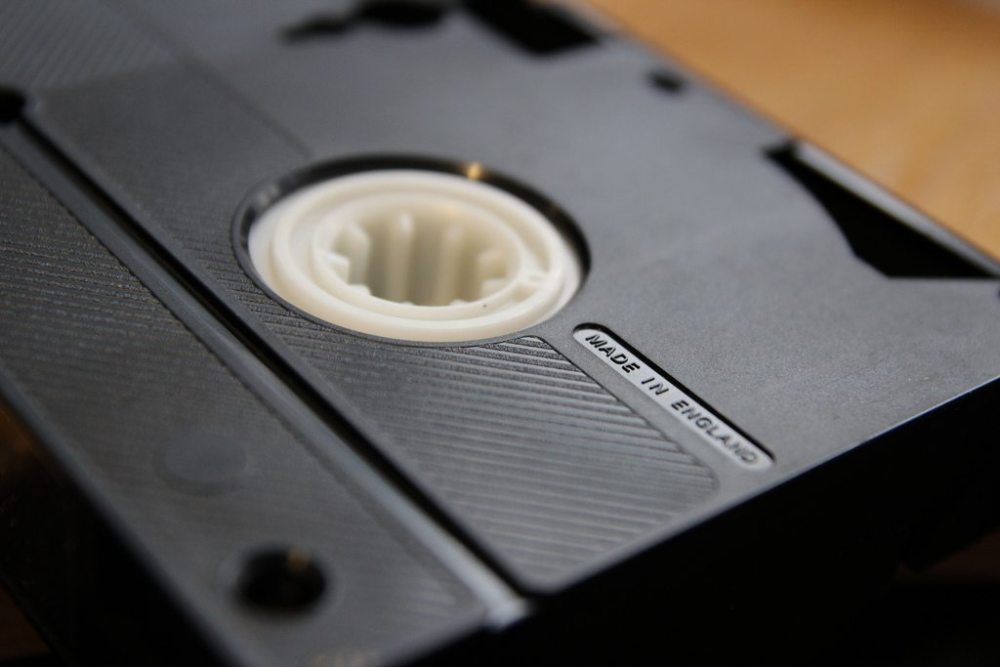
This week’s episode of The Secret Life of Machines offers an interesting exercise in redundancy, as we use the video-sharing technology of YouTube to bring you a recorded video about video recording.
That in itself illustrates how dramatically recording technology has changed since this episode first aired in 1991, and, like “The Secret Life of the Telephone,” this episode rates high on the nostalgia scale. However, hosts Tim Hunkin and Rex Garrod undertake a number of interesting experiments and demonstrations in this episode that explain magnetic recording in a very accessible manner.
The principles of recording magnetic impulses and then using the same apparatus to “play back” those impulses first came to light in the work of Danish scientist Valdemar Poulsen, who began research in the late nineteenth century to determine whether or not business transactions conducted via telephone could be preserved by magnetic recording. After securing financial backing from American investors, Poulsen released his first magnetic wire recorder in 1898. Hunkin uses his band saw and an electromagnet to demonstrate the basic idea of Poulsen’s invention.
Poulsen’s device, however, lacked the precision necessary to record sound in a usable manner. The next generation of recorders compensated for this by vastly speeding up the steel tape as it passed through the machine. As Hunkin points out, however, this created its own set of problems including the need to keep the tape oiled as well as the inherent dangers should the razor-sharp steel tape break while moving at high speed.
As recording needs evolved from audio to video, the exponential increase in the amount of information that had to be recorded–three words per second on average for audio, versus 25 pictures per second for video–required a more ingenious solution than continuing to speed up the tape.
The next major development came from the work of Alexander Poniatoff, whose AMPEX company perfected the technique of spinning the recording head at high speed which allowed a much larger amount of information to be recorded on a slow-speed tape. Thanks in large part to financial backing from Bing Crosby, AMPEX continued R&D work on the technology, which eventually developed into the helical scan system that finally made home video recorders practical.
Although VCRs have been supplanted, for the most part, by DVR technology, this episode still offers a solid foundation in the technology behind tape recording and is memorable as well for the experiments and demonstrations the hosts use to illustrate the principles at work. At one point, Hunkin and Garrod even concoct a literal “tape” recorder by sprinkling rust powder onto a length of sticky tape. A giant model of a recording head also helps illustrate the on/off magnetic pulses that underlie the recording process. As Hunkin points out, it is somewhat magical to consider that the entire program is essentially a pile of rust.

